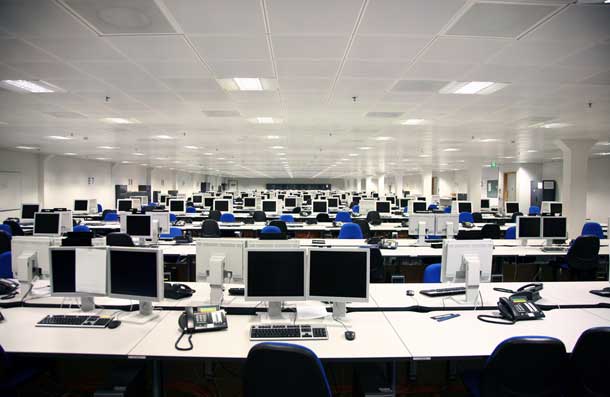Desktop upgrades: Why the business case now needs extra analysis

The downturn, Vista, virtualisation and user pressure have changed refresh cycles forever...
Major outside events and changes in technology have broken traditional upgrade patterns. The upshot is that decisions on desktop refreshes now demand more careful consideration, says Josie Sephton.
The refresh cycle for desktop and laptop computers varies from organisation to organisation. While some companies work within defined boundaries for larger scale upgrades - every two or three years, for example - others have no formal approach, updating individual kit case by case.
Some companies upgrade continuously to avoid the disruption and cost associated with a major one-off initiative, but still carry out upgrades in a fairly structured way at a departmental level.
Irrespective of how upgrades are dealt with, businesses are finding themselves faced with a number of factors that individually would have affected the timing of any new investment but which have occurred close to each other, causing a much bigger blip. So, just how much of an impact are such factors having on refresh cycles?
Squeeze on IT budgets
Perhaps the most important factor is the economic downturn, which has obviously put a squeeze on IT spend. Economic dips are cyclical and nothing new; companies tend to work through them as a matter of course, adjusting spend as necessary. However, it does mean that companies have had either to cancel or postpone IT projects and upgrades over the past couple of years.

The economy has had a major effect on enterprise hardware upgrade cycles
(Photo credit: Shutterstock)
Another factor at play has been the slow adoption of Windows Vista, which hit the market after a number of delays. Companies with already-overdue refresh plans began to adopt it, but quickly hit now well-documented migration problems.
As these issues started to emerge, other organisations shelved plans to upgrade to Vista and stuck with XP, at least until Windows 7 came along. Some people are still unwilling to upgrade to Windows 7 until the release of SP1, which has been delayed until the first quarter 2011.
These two factors have slowed everything down and have left room for a number of evolutions, not least in technology itself. For example, desktop virtualisation, either via centralised control and delivery of terminal sessions from the datacentre or via virtual machines on desktop or portable devices, is an example of a widening set of models for delivering applications and data to business users.
Alternative approaches to upgrades
Not all firms will necessarily go down this route, but it is causing some companies to consider alternatives to traditional like-for-like desktop and laptop refreshes.
Meanwhile user expectations are also evolving. For example, some users wish to...
...use their own devices at work or expect the business to supply them with whatever option they wish to use, irrespective of company standards.
Naturally they still expect to access company resources in the same way as they would with standard company equipment.
Users are increasingly expecting the company to support the hardware of their choice
(Photo credit: Shutterstock)
Others may want the flexibility of working from home as well as the office, possibly using their own equipment, but need the assistance of IT to make this work model as trouble-free as possible - support that often takes a very different shape to that required by office-based staff.
IT might be tempted to try and limit any user-driven activity, but the likelihood is that users will try to do their own thing anyway, so it makes sense to meet them at least halfway.
User influence on refresh cycles
Some businesses acknowledge the increasing influence that users have on desktop upgrade and migration strategies, and incorporate it, as far as possible, into any plans, either with direct consultation, possibly via user committees, or through more indirect routes, such as user satisfaction surveys.
The upshot is that the decisions taken on desktop and laptop refreshes today demand much greater consideration than in the past. Budgets are starting to free up, at least for some companies, and this change is allowing them to look once again at upgrade activity.
But the world is changing, so any discussion about the business case for upgrading will require much wider company consultation and a much greater degree of analysis.
Whether this shift will change the way that companies refresh their desktop estates remains to be seen because desktops proliferate beyond the old standard offerings, and business service requirements are evolving at pace.
Josie Sephton is principal analyst at research firm Freeform Dynamics.